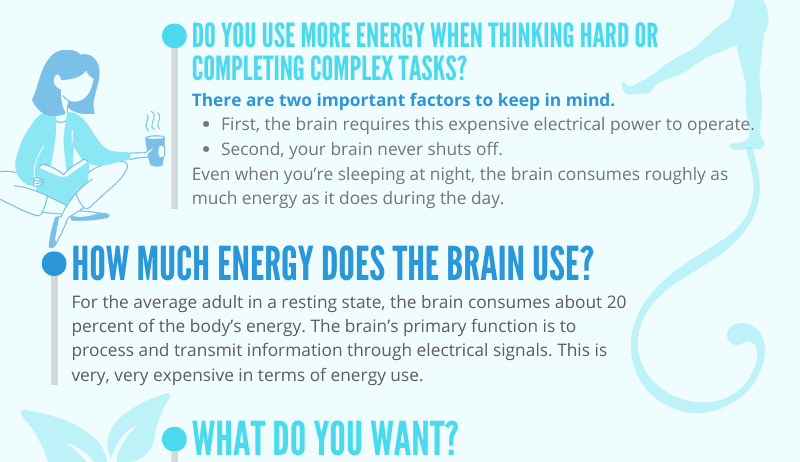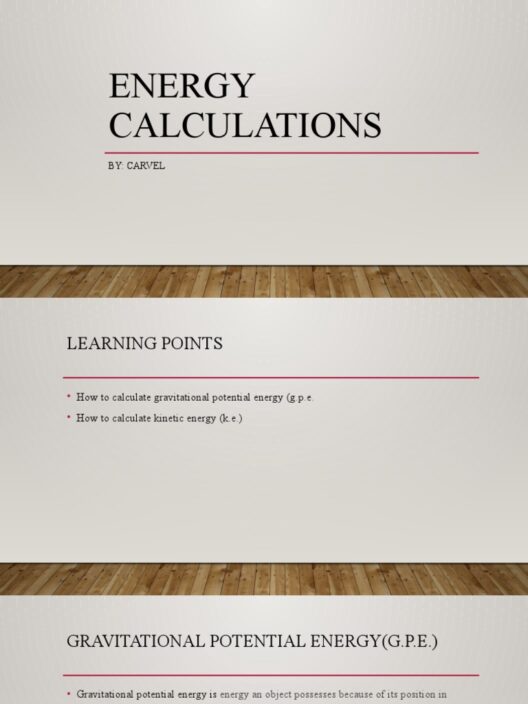Energy conservation is a remarkably expansive concept that permeates various facets of our lives, intersecting the realms of physical well-being, mental acuity, and technological advancement. How often do we consider the intricate dance between our bodily energy, our cognitive functions, and the technological systems we engage with daily? This interplay remains crucial in a world where efficient energy consumption is not merely a luxury but a necessity for sustainability.
At its core, energy conservation refers to the deliberate use of less energy, striving to maintain desired levels of performance and comfort. This principle extends seamlessly from the organic to the synthetic, crafting a holistic perspective that encourages mindfulness not just of the wattage we consume in our homes, but also of how we manage our personal vitality and mental clarity.
When discussing energy conservation within the context of the human body, it’s imperative to acknowledge the significant role that physical activity plays. Engaging in regular exercise is not merely about enhancing physical capability; it fundamentally impacts energy metabolism, influencing the efficiency with which our bodies utilize calories. Consider, for instance, the practice of yoga. It embodies a unique synergy of posture, breath control, and meditation that can lead to remarkable improvements in both energy levels and mental clarity.
The myriad of yoga poses reflects a magnificent spectrum of physical dynamics. Poses like the Sun Salutation not only invigorate the body by enhancing circulation but also promote a mindful connection between the body and mind. This kind of holistic exercise encourages a sustainable energy flow, allowing practitioners to experience heightened alertness and reduced fatigue, while simultaneously cultivating a sense of inner peace.
In our journey towards conserving energy within our minds, we must grapple with the modern challenges posed by incessant information overload. In an age dominated by technology, our cognitive resources are often taxed by relentless notifications and the pressure to constantly remain connected. Mindfulness practices, meditative techniques, and cognitive behavioral strategies can significantly enhance mental energy conservation. These practices provide not only respite from the chaos but also bolster focus and improve overall mental stamina. Imagine this: What if we could consciously manage our mental energy akin to how we manage our electrical consumption at home?
As we meander through the complexities of human energy, it becomes increasingly apparent that technology plays a dual role—it can be both a facilitator and a challenge in our quest for energy conservation. On one hand, advancements in technology have led to the creation of energy-efficient devices and systems that enable us to consume less power. Smart home systems, for example, allow for automated adjustments in lighting and temperature, fostering an environment of sustainable living. On the other hand, the ubiquitous nature of screens demands a critical perspective regarding its consumption of our attention and mental resources.
To contextualize this, consider how much energy we expend through our interactions with digital devices. The time spent scrolling through social media or binge-watching shows fatigues our cognitive functions, leaving us drained. Can we reverse this trend? By consciously limiting our screen time and opting for more enriching forms of engagement, such as reading or outdoor activities, we reclaim our mental energy and enhance our overall well-being.
However, the dilemma lies in the addictive nature of technology and its pervasive presence in our lives. This leads us to an intriguing challenge: how do we balance technological convenience with our innate need for mindful energy conservation? Implementing a deliberate technology detox can serve as an enlightening exercise, urging us to explore life beyond screens, to embrace creativity, and to engage in activities that truly invigorate both body and mind.
In pursuing energy conservation with regard to environmental sustainability, a direct link can be drawn between our personal practices and broader ecological responsibilities. The choices we make in how we consume energy in our own lives resonate on a global scale. For instance, opting for renewable energy sources, engaging in recycling practices, and advocating for energy efficiency can collectively foster a world that prioritizes sustainability.
Moreover, consider the impact of community-driven initiatives. Local groups that promote energy conservation, whether through awareness campaigns or collaborative projects, act as catalysts for change. Community gardens, for example, not only minimize food miles but also foster a connection to nature and an understanding of sustainable practices. They invite individuals to work together, thereby building collective energy that transcends individual efforts.
As we forge a path towards a more energy-efficient future, it’s essential to remain cognizant of the interconnectedness of our body, mind, and technology. The challenge we face is to cultivate a lifestyle embedded in conscious energy conservation strategies that harmonize our physical vitality with mental clarity while leveraging technology in ways that bolster connection, rather than diminish it. How might we embrace this equilibrium?
In conclusion, the exploration of energy conservation traverses beyond merely saving power—it encompasses fostering resilience within ourselves and cautiously navigating through the technology that pervades our lives. By engaging in holistic practices, exercising mindfulness, authenticating community efforts, and advocating for sustainable technologies, we can champion an approach that not only conserves energy but amplifies our collective well-being. As we stand at the crossroads of personal fulfillment and environmental responsibility, the call for a mindful balance resonates louder than ever, offering new opportunities for growth, renewal, and connection.







